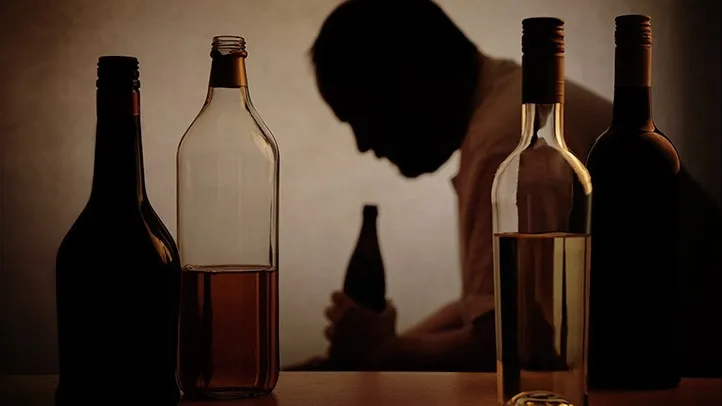Table of Contents
Shortly before fall quarter began this year, the Stanford administration announced two new reforms pertaining to alcohol on campus: first, undergraduate parties were to be prohibited from serving hard alcohol; and, secondly, undergraduates would have to tote their hard alcohol in bottles smaller than 750 mL.
The reforms were always going to face an uphill battle. They were announced uncomfortably soon after the horrifying Brock Turner incident and his disgusting attempt to frame his crime as an alcohol-fueled night gone wrong. The administration had been planning the changes long before the Turner case became national news, but some students were (reasonably) horrified that this was how Stanford had seemingly chosen to respond to the case.
But the apparent relationship with the Turner case was not the cause of all the student backlash. The reforms clearly touched something raw. A vituperative Daily editorial board lambasted the changes, declaring that they would exacerbate any existing cultural problems. What was needed instead, they suggested, was the progressive cure-all: “productive conversations.” The fact that such conversations had been permitted for each and every day of Stanford’s existence did not appear to faze the editors; no, it must be that we hadn’t quite yet hit upon the right conversation, the mystical progression of words that would quash binge drinking culture once and for all.
The comment section was on hand to help out. Commenters’ objections to the policies ranged from fatiguing (“Prohibition doesn’t work,” observed one historically-woke commenter) to absurd (a mass exodus would ensue, declared commenter rick131, who reasoned that everybody will “just… leave the campus”).
And yet, in a series of findings that just have to be fake news (right?), the Daily reported on April 11 that, in the wake of the administration’s new policies, harmful drinking practices have actually decreased. “Transportations” (the quaintest of euphemisms — is “hospitalizations” a word we’ve collectively forgotten?) are down over the previous five-year average, the number of freshmen reporting pregaming and taking shots has fallen 15% in the last year. (The Daily did not release data on how these latter numbers compare to the previous five-year average).
Yes, the administration’s characteristically blunt command and control approach seems to have succeeded. We should watch out for similar statistics next year, but the general trend appears to be a positive one. It isn’t hard to see why; indeed, the logic was there all along. Stanford undergraduates, especially freshmen, are often not experienced drinkers. Even after researching how much alcohol one can safely consume, taking it too far — alcohol poisoning far — is all too easy at a party. If one wanted to delve deeper into the Stanford student psyche, one need not think too hard to imagine the high school experience of many Stanford freshmen: studying hard instead of going out under the watch of tiger parents who would rather their child were the Antichrist than a drinker. And after years of toil, wilting under the asperities of an alcohol-free school experience, they arrive at Stanford, free to live out every drunken fantasy they dared to dream of between debate practice and SAT prep.
I’m being a bit facetious, of course, but there’s a clear information asymmetry problem here. Condescending or not, the administration was simply recognizing that many new students make mistakes — possibly highly dangerous ones — in a college setting. Serving unlimited hard alcohol to such students, or allowing them to carry around huge bottles of their poison of choice, are pretty sure ways to engender woefully unhealthy drinking habits. There is a tradeoff here — upperclassmen who know how to handle their liquor have to suffer under the same rules as inexperienced freshmen (unless the upperclass dorms choose not to enforce such rules), and may justifiably be frustrated by the changes. But until somebody devises a way to preserve the freedoms of upperclassmen and ameliorate the trend of unhealthy freshman drinking, I believe they should remain in place.
The policies comprise part of a broader push by the administration to reach out to students who abstain from drinking, or who like to drink in moderation but feel uncomfortable around others who drink to excess. The Cardinal Nights program, for example, features some (perhaps surprisingly) popular services, like subsidized movie tickets, for students who want to enjoy an alcohol-free way to socialize. Freshmen are also issued a mandatory alcohol education program to complete before arriving on campus, which both informs students about responsible drinking practices and emphasizes Stanford’s inclusiveness toward drinkers and non-drinkers alike.
But the new policies go decisively further than this, further than simply making non-drinkers feel comfortable. They are a retaliation against campus binge drinking, an activity unique for the obviousness of its harms and the enthusiasm with which it is embraced. Researchers have published study after study telling us that excessive drinking is little more than regular, addictive, ritualized, borderline-mythologized self harm. The administration was right to seize the moment and change our cultural norms.
Yes, these policies are definitional nanny state behavior. Yes, they are somewhat patronizing. But guess what? They appear to be working, in a way that “conversations” never did.





